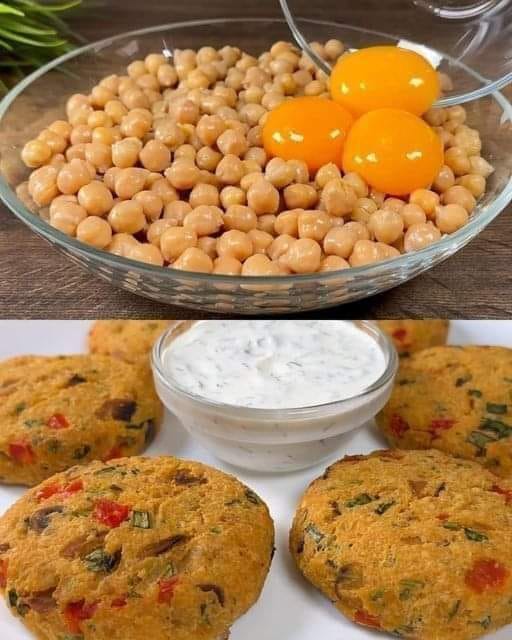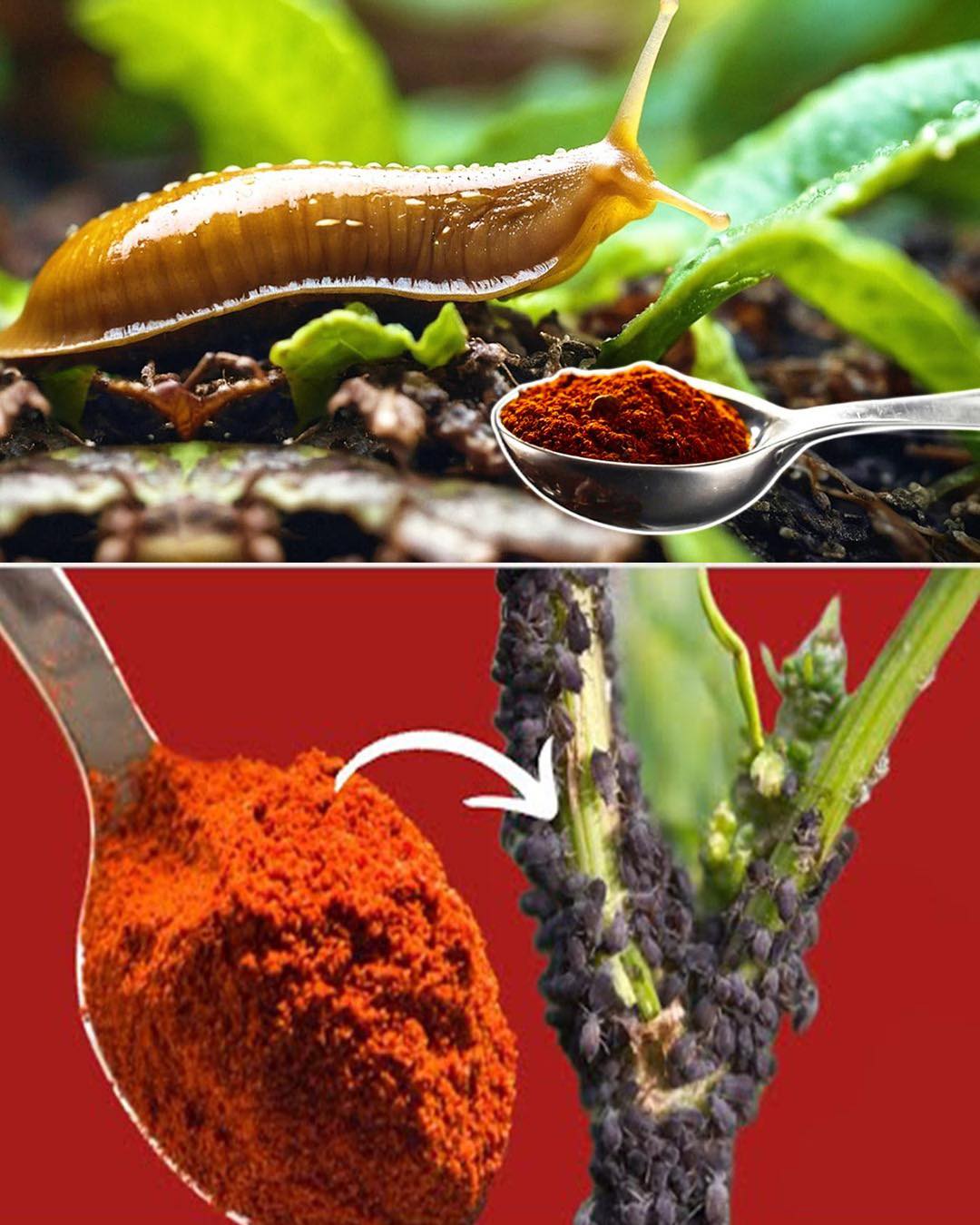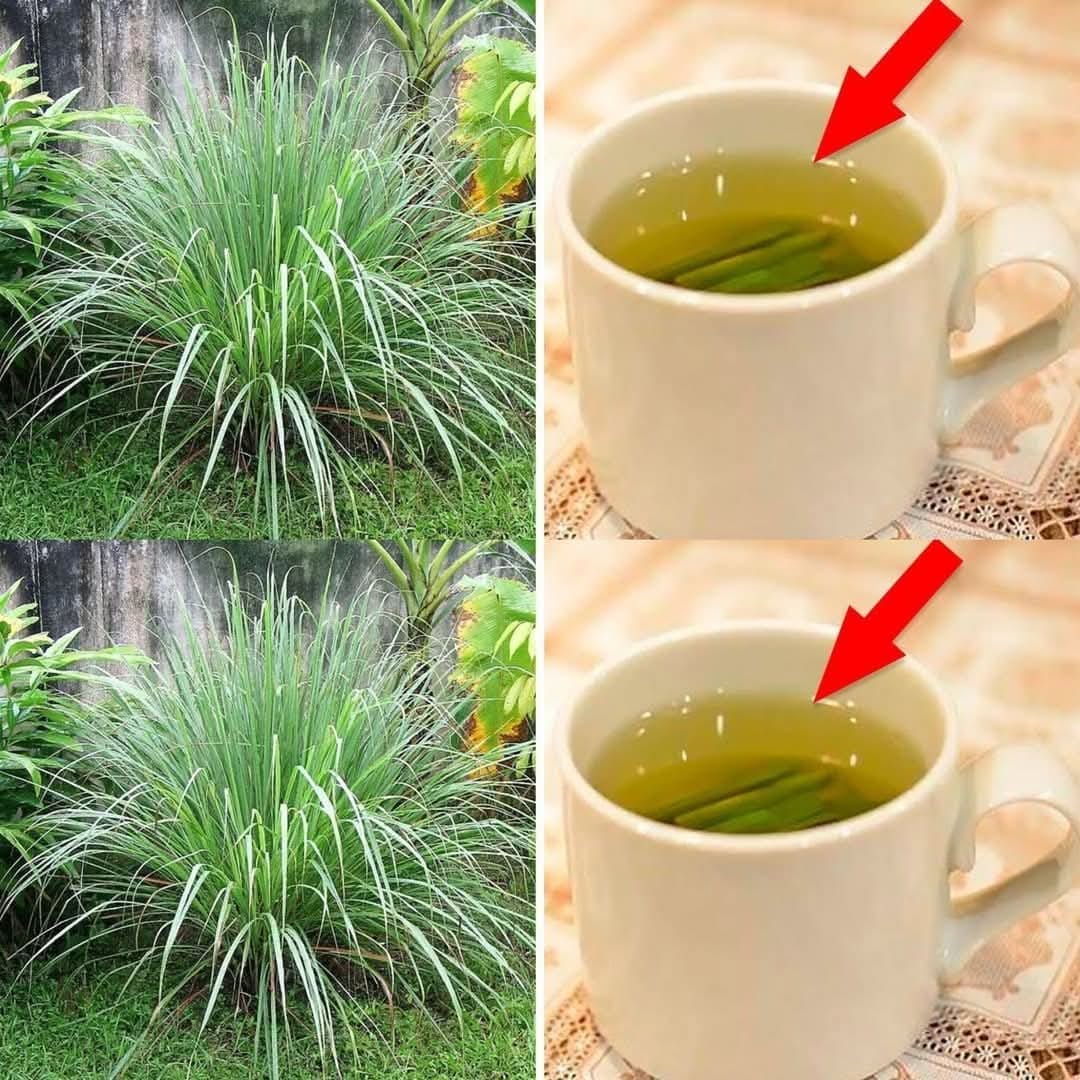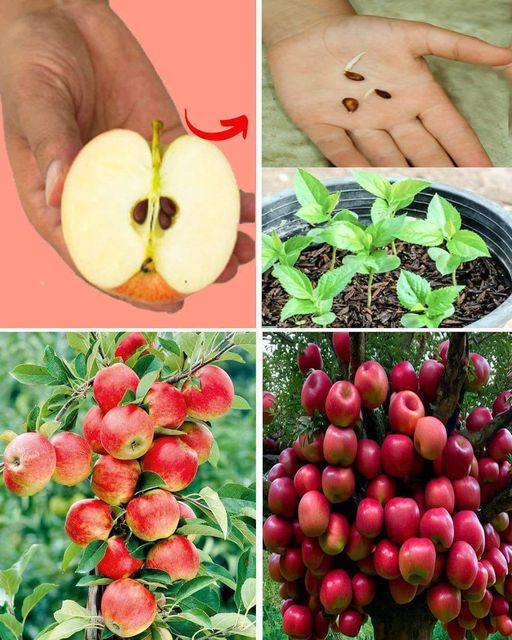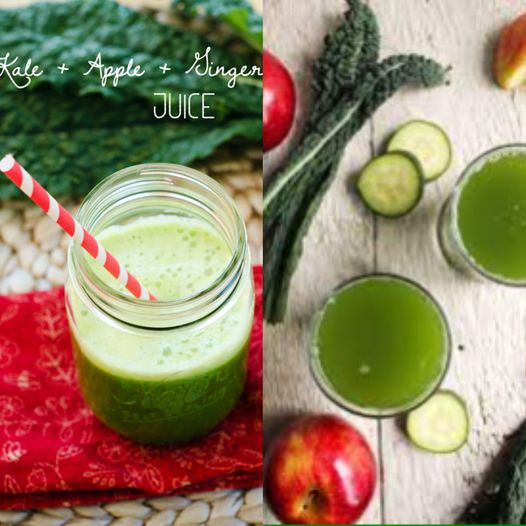Health And Natural Herbs
Intelligent Use of Plastic Bottles in the Kitchen
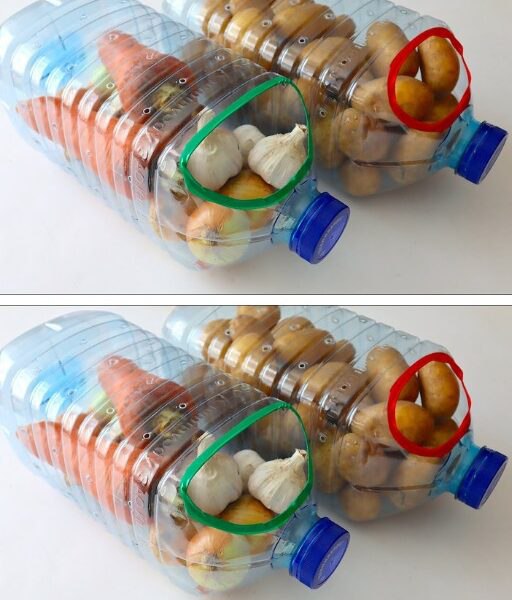
Introduction: Plastic bottles are commonly found in every household, but did you know they can be intelligently repurposed to make your kitchen more efficient and sustainable? Here’s a guide to transforming plastic bottles into useful kitchen tools and organizers.
Materials Needed:
- Empty plastic bottles (various sizes)
- Sharp scissors or utility knife
- Hot glue gun
- Permanent marker
- Measuring tape
- Decorative paper or stickers (optional)
Step 1: Measuring and Cutting the Bottles
- Choose Your Bottles: Select clean, dry plastic bottles of various sizes. Thicker, sturdy bottles work best for most projects.
- Measure and Mark: Use a measuring tape to mark where you’ll cut. For example, to create a storage container, mark about 4-6 inches from the bottom.
- Cut the Bottles: Carefully cut along the marked lines using scissors or a utility knife.
Step 2: Create Kitchen Organizers
- Utensil Holder: Use the bottom half of a large bottle to hold spoons, spatulas, and other utensils. Smooth the edges with sandpaper if needed.
- Spice Organizer: For smaller bottles, cut the tops off and use them to store spices. Label them with a permanent marker for easy identification.
- Herb Planters: Cut the top off a bottle, fill it with soil, and plant your favorite herbs. Place the cut-off top upside down in the base to create a self-watering system.
- Food Scoop: Cut off the top of a bottle, leaving the cap on. Use it as a scoop for flour, sugar, or rice. The handle makes it easy to use.
Step 3: Enhancing Kitchen Functionality
- Funnel: Cut the top of a plastic bottle and use it as a funnel for transferring liquids or dry ingredients into containers with narrow openings.
- Re-sealable Bag Clip: Cut the top of a bottle with the cap still on. Thread the opening of a plastic bag through the neck of the bottle, fold it over the edges, and screw on the cap to seal.
- Soap Dispenser: Turn a bottle into a soap dispenser by cutting a small hole in the cap and inserting a pump from an old soap container.
Step 4: Decorating Your Creations (Optional)
- Decorative Touches: Wrap the bottles in decorative paper, use stickers, or paint them to match your kitchen décor.
- Labeling: Use a permanent marker or label maker to label your creations for easy identification.
Conclusion: By repurposing plastic bottles in your kitchen, you’re not only reducing waste but also creating customized, practical tools that make daily tasks easier. The possibilities are endless, and with a bit of creativity, you can transform your kitchen into a more organized and eco-friendly space.

